Diversity, equity, and inclusion (DE&I) is a trending topic in Mobility. This spring, AIRINC ran a pulse survey to learn more about the latest trends in Global Mobility. Keep reading to learn more about the results!
The How of DE&I
We asked companies how focused they currently are on including DE&I initiatives in their program. While 10% of companies have already designed their program to be specifically aligned with broader DE&I initiatives, we heard that over half of participating companies (56%) have not done anything specific to align their mobility program with their DE&I initiatives. Though many companies are discussing DE&I, it appears that most have yet to make changes.
We also asked how companies are focusing on DE&I within their Mobility programs. The most common response (48%) was that Mobility is reviewing policy language for an inclusive tone. The second most common response (47%) was introducing more general flexibility for the employee and their family. With both responses relating to policy, it appears that Mobility intends to implement lasting change by updating documents to be relevant to the diverse employee population.
As stated in our pulse survey report, Global Mobility is realizing that applying a “one size fits all” policy approach to unique personal situations may not be conducive to achieving DE&I goals. Though actual changes to policy and practice take time, Mobility is focused on changes that help support all employees, assignees, and transferees.
Questions? Want to learn more? Click below to download the DE&I Pulse Survey.
Are virtual assignments the future of Global Mobility? [Download]
Balancing Cost in Global Mobility [Download]
Remote Work: Tax and other considerations [Download]

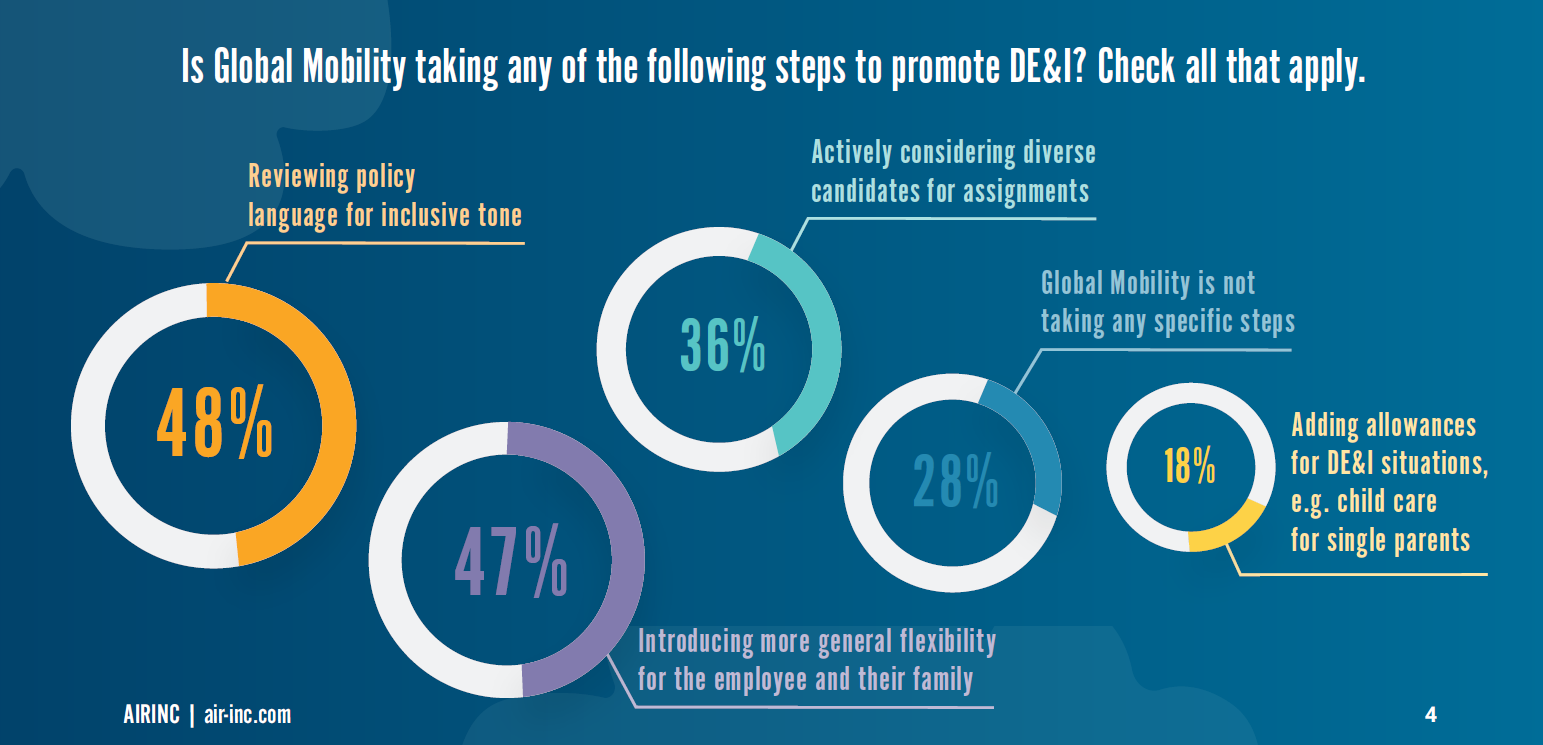

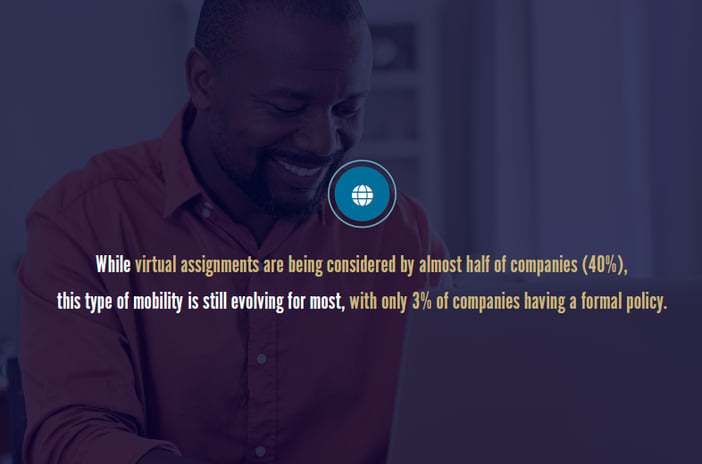
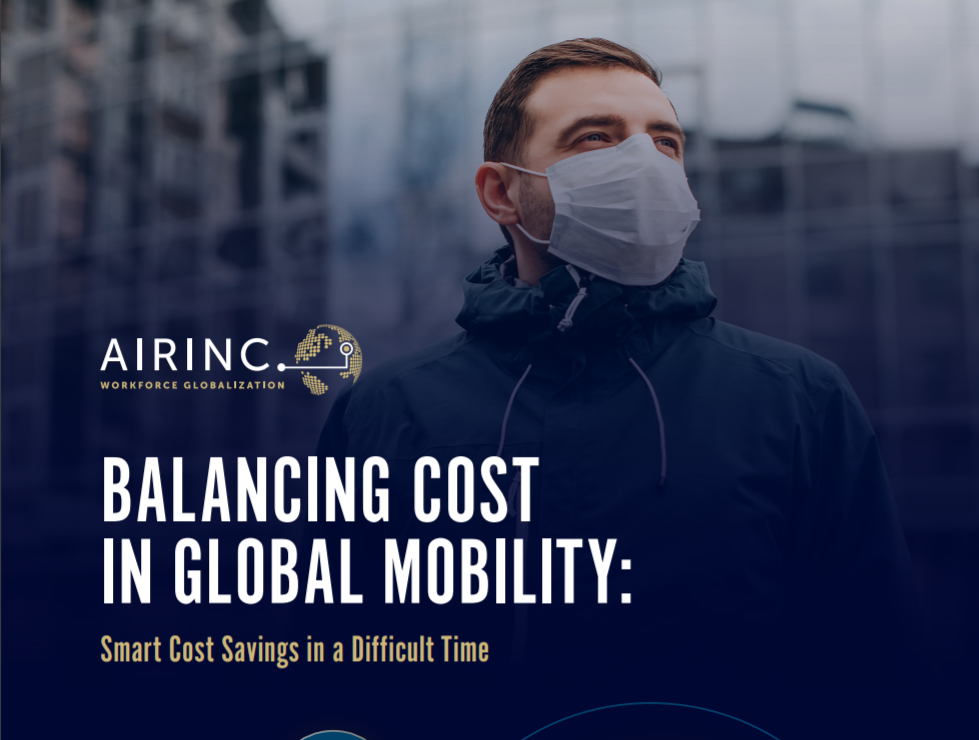
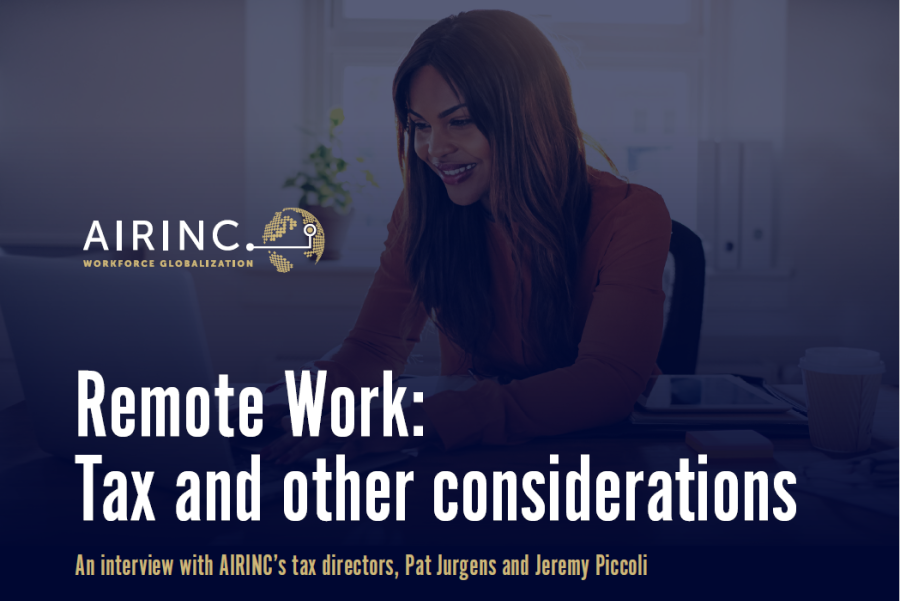

%20(42).png)
%20(50).png)

